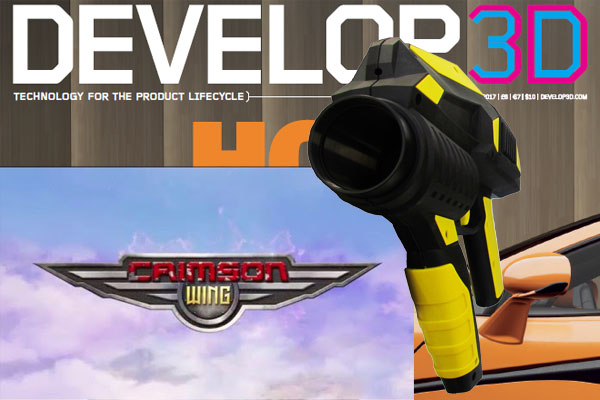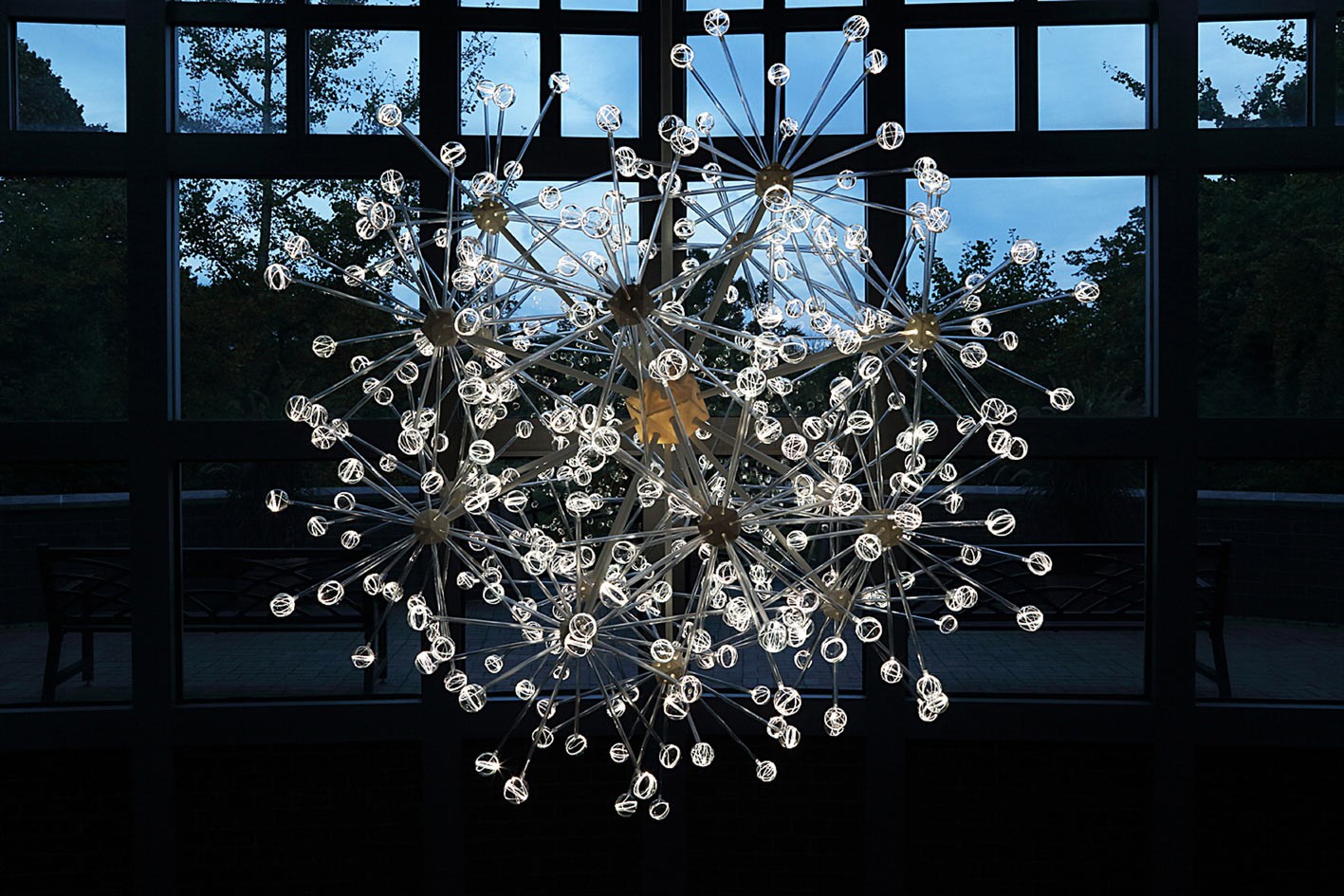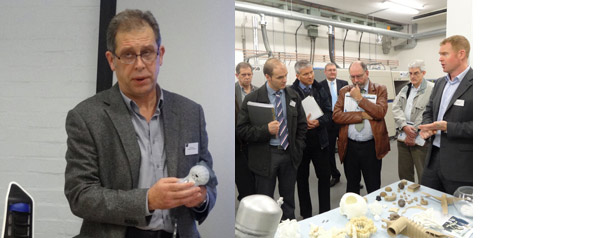Development of the Holovis game controller for immersive 3D experience
Published in this month’s Develop 3D, you can take a look behind the scenes at the development work we did for Holovis to design and manufacture the Crimson Wing game controller. Holovis came to Amalgam with a basic outline shape developed as a 3D concept. Their first priority was to develop the ergonomics, starting with the handle of the controller. To test each handle design, we made controller handles out of modelling foam, using our 3-axis CNC machine. Once we determined the desired shape and best size, we adjusted our CAD model and applied finer exterior design details to it. The concept version was then shelled out, for us to apply all the required internal features and electronic support bosses. The next stage was to develop our CAD file into a final design, which took four weeks of computer-aided design work. Once the CAD files were complete, we 3D printed…




